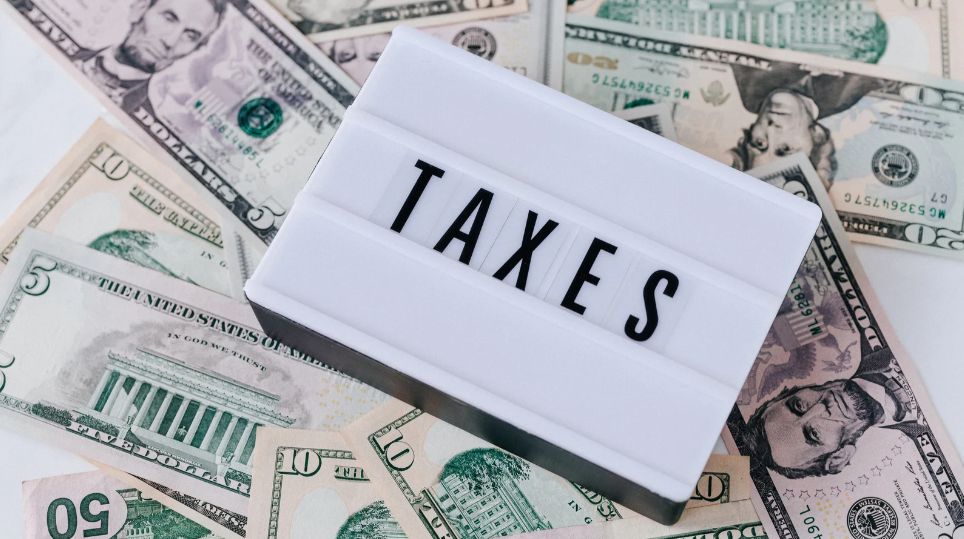Gig worker tax planning has become an essential aspect of financial management for independent professionals who earn income through digital platforms, freelance services, or self-run businesses. With mortgage rates remaining high and the cost of living continuing to rise in 2025, many individuals — including young couples — are turning to the gig economy to accelerate long-term financial goals, like homeownership.
However, transitioning from a salaried job to independent 1099 work introduces new tax complexities. As a financial advisor, I’ll walk you through practical strategies and updated information to help you stay compliant with tax regulations while maintaining healthy cash flow.
Understanding 1099 Worker Tax Responsibilities
Gig workers — also known as independent contractors — are responsible for managing their own taxes. Unlike traditional W-2 employees, taxes aren’t withheld automatically. This means you’re on the hook for income tax and self-employment tax, which in 2025 remains at 15.3%, covering Social Security (12.4%) and Medicare (2.9%).
Any business or client that pays you more than $600 in a calendar year is required to issue you a Form 1099-NEC (replacing the 1099-MISC since 2020 for non-employee services). This form is critical for annual income reporting.
Quarterly Estimated Tax Payments: Avoid Penalties with a Disciplined Schedule
The IRS requires self-employed individuals to make estimated quarterly tax payments. The 2025 IRS deadlines are:
| Quarter | Income Period | Payment Due Date |
|---|---|---|
| Q1 | Jan 1 – Mar 31 | April 15 |
| Q2 | Apr 1 – May 31 | June 15 |
| Q3 | Jun 1 – Aug 31 | September 15 |
| Q4 | Sep 1 – Dec 31 | January 15 (2026) |
August 2025 Update: The IRS has not granted any deadline extensions for Q3 this year, so September 15 remains the due date for estimated payments.
Digital Tools to Simplify Tax Planning
Use official IRS tools to simplify calculations and ensure timely payments:
- IRS Tax Withholding Estimator – Estimate how much to set aside for quarterly taxes.
- IRS Direct Pay – Pay your taxes securely from your bank account.
- IRS Free File – File your federal tax return for free (if eligible).
Bookmark these tools for ongoing use throughout the year.
Expense Tracking and Proof: Key to Maximizing Deductions
One major advantage of gig work is the opportunity to deduct legitimate business expenses. However, those deductions must be backed up with proper documentation — think receipts, invoices, contracts, and digital logs.
Common deductible expenses for 1099 workers include:
| Expense Type | Deductible? |
|---|---|
| Work equipment (laptop, software) | ✓ |
| Internet and phone (proportional use) | ✓ |
| Transportation and parking | ✓ |
| Home office (if used exclusively for work) | ✓ |
| Business-related training/certification | ✓ |
| Client-related meals | ✓ (50%) |
To simplify tracking, consider using apps like QuickBooks Self-Employed, Wave, or setting up a custom system in Notion or Google Sheets.
When in Doubt, Seek Professional Help
If you’re ever uncertain about your tax obligations, consult a Certified Public Accountant (CPA) or Enrolled Agent (EA) with experience in self-employment taxation. For military families, MilTax by Military OneSource offers free expert assistance year-round. These counselors are trained to help service members and their families navigate tax issues related to gig income and small business ownership.
Special Note for Military Families
Income earned in the gig economy by service members or their family members is not protected under the Servicemembers Civil Relief Act (SCRA). While SCRA can defer income taxes if military duty impacts your ability to pay, this benefit does not extend to income from freelance or contract work. For more details, consult Military OneSource or a legal financial advisor.
The Gig Economy in 2025: Expanding Opportunities with Financial Responsibility
The gig economy now spans nearly every service imaginable — rideshare driving, tutoring, childcare, graphic design, delivery, online product sales, virtual assistance, and more. With inflation projected to reach 3.8% by the end of 2025 and stagnation in traditional job markets, more people are turning to flexible work models for supplemental or primary income.
But flexibility comes with accountability — especially in tax matters. That’s why mastering gig worker tax planning is more important than ever.
Discipline Is the Foundation of Financial Success
To thrive financially in the gig economy, follow these five essential principles:
- Plan your taxes proactively.
- Set aside enough for each quarterly payment.
- Maintain detailed, real-time records.
- Collect and store all proof of business expenses.
- Don’t hesitate to consult a tax professional when needed.
With clear planning and consistent execution, you can avoid costly penalties, reduce tax liability, and move one step closer to achieving your financial goals — whether it’s buying a home, building an emergency fund, or reaching long-term financial independence.
If you’d like a 1099 tax planning spreadsheet or a quarterly payment calculator, let me know — I’d be happy to create a custom template tailored to your freelance income.
